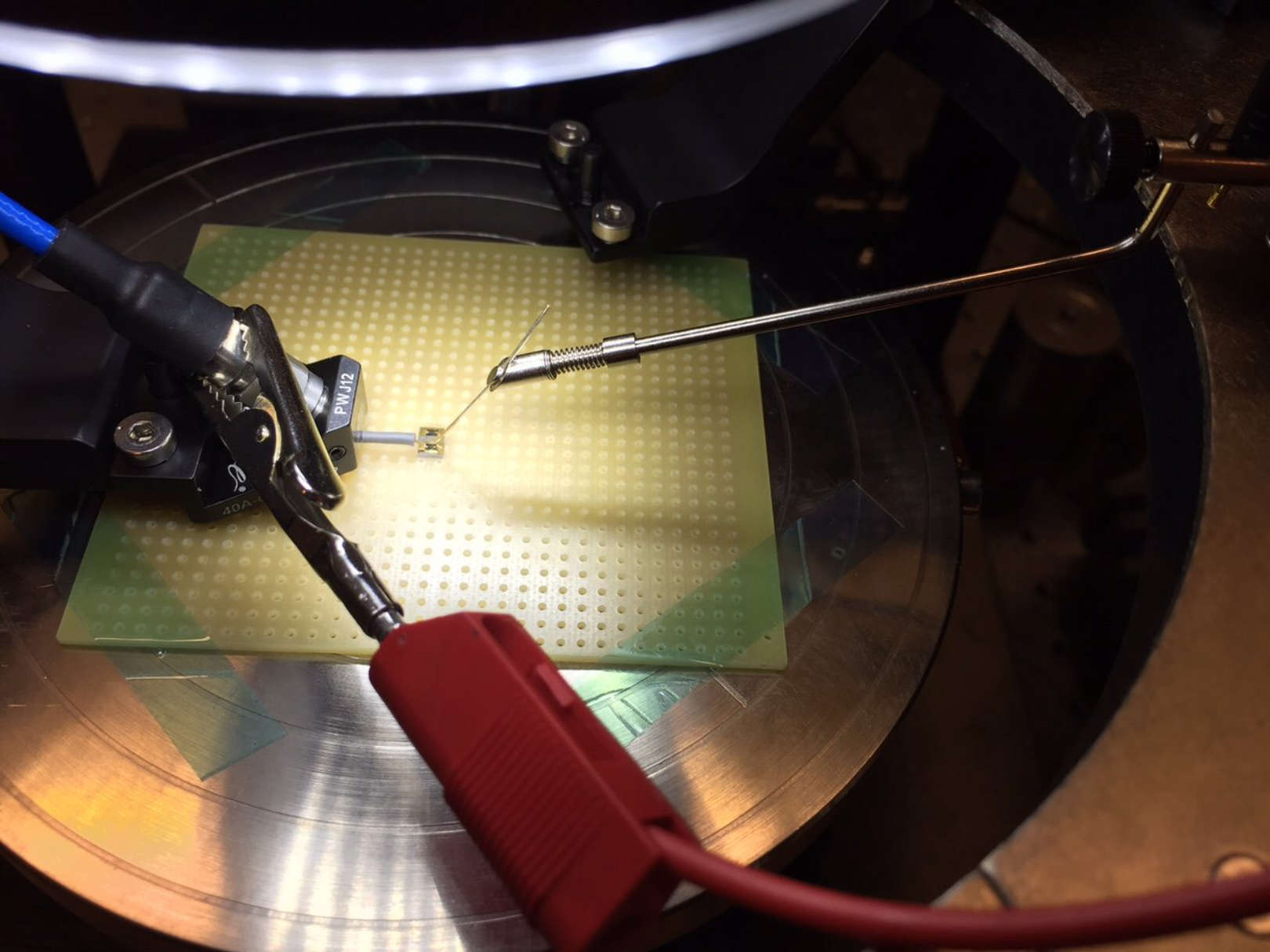Sobre
Vítor Grade Tavares obteve a sua licenciatura e mestrado pela Universidade de Aveiro, Portugal, e o doutoramento no Computational NeuroEngineering Laboratory, University of Florida, Gainesville, USA, em 2001, ambos em engenharia eletrotécnica. É atualmente Professor Auxiliar na Universidade do Porto e Investigador Sénior do INESC-TEC, Porto. Em 2010 foi Professor Visitante na Carnegie Mellon University, EUA. Os seus interesses de investigação incluem desenho de circuitos integrados de baixa potência, de sinal misto e computação neuro-mórfica e bio-mimética, projeto de circuitos integrados CMOS RF para redes de sensores sem fio e eletrónica transparente. Tem coordenado vários projetos nacionais, bem como tem coordenado localmente projetos europeus. Os prêmios mais recentes incluem codestinatário do prêmio de melhor artigo no IEEE ICUWB 2014 e primeiro lugar no concurso de desenho TSMC em 90nm LP MS / RF em 2009. Também foi premiado com um certificado de agradecimento por contribuições para o avanço do IEEE e das Profissões de Engenharia como Presidente da secção da Sociedade de Educação - Portugal, que cofundou.




